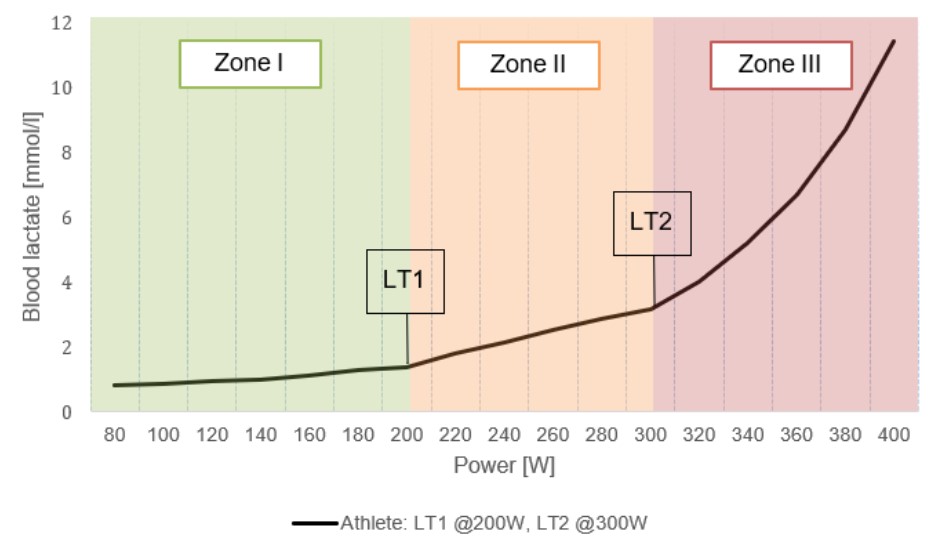Have you ever wondered how some of the world’s top triathletes manage to push their bodies to the limit day after day? The answer lies in their training methods, and one model in particular has caught the attention of many athletes and coaches alike: the three-zone training model.
This model, popularized by Norwegian triathletes, focuses on optimizing training efforts by dividing workouts into just three distinct intensity zones. By doing so, athletes can ensure that they are getting the most out of their training sessions while minimizing the risk of overtraining or injury.
In this article, we’ll explore the three-zone training model in detail, including its origins, the different training zones, and how it can be implemented in your own training regimen. Whether you’re a seasoned triathlete or just starting out, the three-zone training model is definitely worth considering if you want to take your endurance training to the next level. So, let’s dive in and discover the secrets behind the Norwegian triathletes’ success!
What is the three-zone training model?
The three-zone training model is a framework to help athletes structure their workouts and optimize their training efforts. This model is based on the concept that different exercise intensities produce different physiological responses in the body, and that by varying the intensity of workouts, athletes can target specific training adaptations. There are two metabolic anchors which define the three zones, namely lactate threshold 1 (LT1) and lactate threshold 2 (LT2).
Lactate threshold 1 (LT1) is the point at which lactate production in the body starts to increase, but is still being cleared at a relatively efficient rate. This is often referred to as the aerobic threshold and corresponds to a moderate level of exercise intensity that an athlete can sustain for an extended period of time without accumulating too much fatigue.
Lactate threshold 2 (LT2) is the point at which lactate production exceeds lactate clearance, resulting in a rapid accumulation of lactate in the bloodstream. This is often referred to as the anaerobic threshold and corresponds to a high level of exercise intensity that an athlete can only sustain for a limited amount of time before experiencing significant fatigue. Knowing your lactate thresholds can be useful for developing targeted training plans and improving your endurance performance.

The three zones are defined as follows:
Zone 1: Low Intensity (Endurance) – below LT1: This is the lowest intensity zone, used for base work. The effort level is very low and can be maintained for long periods. Thus ideal for the foundation of high volume training. The purpose is to improve blood flow and recover from the key workouts in Zone 2 and 3.
Zone 2: Sub-threshold – between LT1-LT2: This zone focuses on building the aerobic base and targets race specific efforts for endurance sports such as long distance triathlon or marathons. It is a moderate intensity zone, where an athlete feels somewhat challenged but can maintain the effort over longer periods of time up to the maximal lactate steady state (MLSS). Metabolically it is between LT1 and LT2. Workouts in this zone typically last between 30 min – 2 hours.
Zone 3: High Intensity (Anaerobic) – above LT2: This zone is characterized by high intensity (above LT2), and is used to improve power, Vo2max, and neuromuscular coordination. Intervals in this zone typically last between 30 seconds to 2 minutes. Here lactate accumulates fast and it’s perceived as very hard.
Our partner Inscyd did an extensive article on the Norwegian Method. They provide you with a step by step guide on how to apply the Norwegian Method to your own training. It’s definitely worth a read.
The Norwegian Method how to apply it in training
The three-zone endurance model and the five-zone endurance model are both frameworks used in endurance training to structure workouts and optimize training efforts. While they share some similarities, there are also some key differences between the two models which we will discuss in the next blog.
Bibliography on the three-zone training model in endurance training:
Coyle, E. F. (2005). Improved muscular efficiency displayed as Tour de France champion matures. Journal of Applied Physiology, 98(6), 2191-2196.
Hawley, J. A., & Stepto, N. K. (2001). Adaptations to training in endurance cyclists: implications for performance. Sports Medicine, 31(7), 511-520.
Laursen, P. B., & Jenkins, D. G. (2002). The scientific basis for high-intensity interval training: optimising training programmes and maximising performance in highly trained endurance athletes. Sports Medicine, 32(1), 53-73.
Seiler, S., & Kjerland, G. Ø. (2006). Quantifying training intensity distribution in elite endurance athletes: is there evidence for an “optimal” distribution?. Scandinavian Journal of Medicine & Science in Sports, 16(1), 49-56.
Smith, T. P., Coombes, J. S., & Geraghty, D. P. (2003). Optimising high-intensity treadmill training using the running speed at maximal O2 uptake and the time for which this can be maintained. European Journal of Applied Physiology, 89(3-4), 337-343.